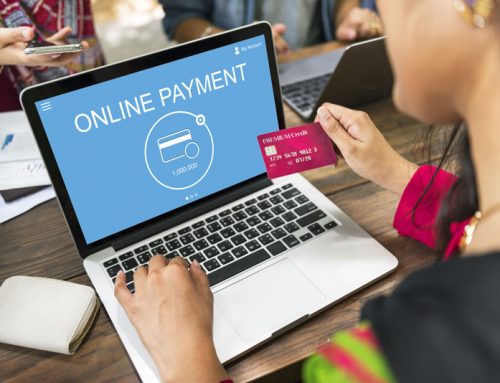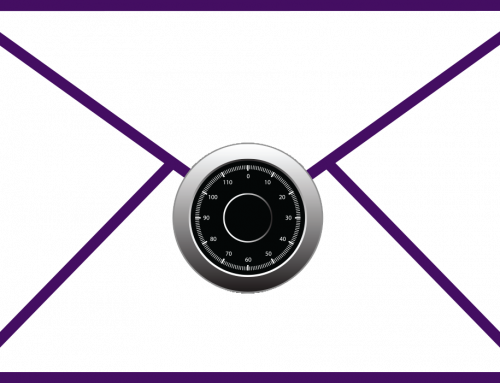Does a brand becoming a household word increase its value?
Estimated reading time: 7 minutes
When you’re at the grocery store and ask the clerk where the plastic wrap is, do you ask for plastic wrap or do you ask for Saran Wrap? Do you perform an internet search, or do you Google it? When you get a cut, do you ask for Band-Aids or adhesive bandages? Do you play with a Frisbee or a flying disc? Wipe your nose with a tissue or a Kleenex? All the italicized words are brand names that have become regular members of our lexicon, or household words.
In many instances, these are invented words. Take the word dumpster, for instance. Dumpster was actually a trademark of the Dempster Brothers, who created the word by combining a portion of their name with the word dump (see Dumpster). Now we use it generically to describe any large waste container.
I find this fascinating and got to thinking about why some brands achieve the high honor of becoming the word used to describe a product segment, regardless of who manufacturers it. Some are simply catchy, like Frisbee. To my mind, at least, that name really captures the product, which helps make it stick.
The popularity of a product or its widespread use can also lead to it becoming a household name. Zoom is a great example of this. In December of 2019, Zoom had 10 million daily meeting participants. Recently Zoom claimed 300 million daily meeting participants, leading to a huge increase in company valuation. The incredible growth is a result of the pandemic, of course, as remote work, home schooling, home worship, etc, replaced going to those respective venues. Whether you use Zoom or not for your virtual meetings, it’s quite probable you and the people you associate with refer to your meetings as Zoom meetings.
No doubt it’s catchy. I rarely use Zoom, but I still occasionally catch myself saying “Zoom meeting” to describe an online meeting, even though I mostly use Microsoft Teams and Adobe Connect. Those two represent superior products that have also seen growth explosions as a result of the pandemic, but their names just aren’t as cool and so they bow to Zoom as the brand name that describes online meetings.
All this leads me to wonder how a brand name entering our lexicon affects its value. That is, does SC Johnson sell more Saran Wrap because it’s a household name? Or has it become so generic that we no longer even identify it as a brand? If the latter is true, that would suggest a brand becoming a household word could actually see its value diminish, as buyers would no longer associate the word with the particular product from a particular company; it simply describes all products of its ilk.
Interestingly, this describes my experience with Saran Wrap. It wasn’t until maybe a decade or so ago that I saw actual Saran Wrap when I was shopping for plastic wrap. It was a real “light bulb” moment for me with regard to branding. For all the years prior, Saran Wrap was simply a synonym for plastic wrap, not a brand. In other words, I didn’t associate Saran Wrap with the product for purposes of purchasing, which means my having incorporated the brand into my lexicon failed to produce sales of the product branded Saran Wrap.
Have you had this experience with a brand? Which have become household words for you? And of those, do you buy more of that brand since it is part of your lexicon? I would love for you to share your thoughts below.





Leave A Comment